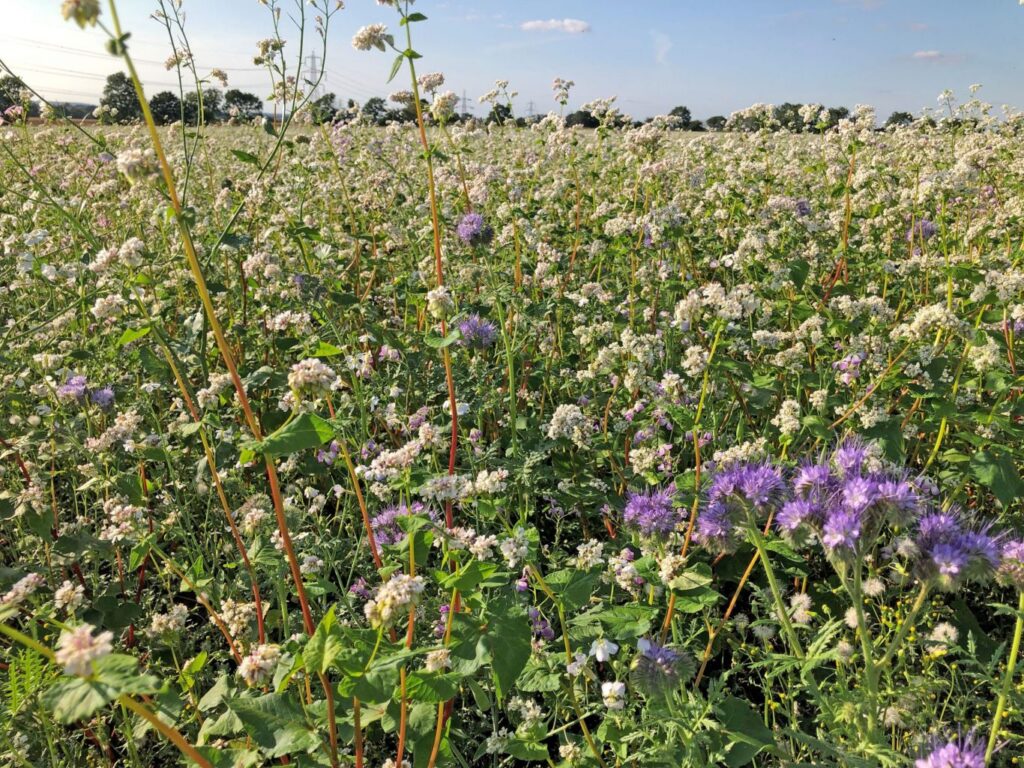5 INCREASE SPECIES DIVERSITY
THE CORE PRINCIPLES OF REGENERATIVE AGRICULTURE
Soil health is one of the main focuses that Regenerative Agriculture principles aim to enhance. Why soil health? Regenerative approaches create diverse microbiological communities within the soil, which are supported by the ideal subterranean environment the farming system provides. These soil microbes in turn, are able to improve the overall soil function, deliver essential nutrients to plants and potentially improve the nutritional value of the produce. The following identifies the underlying principles of a Regenerative Agriculture system.

INCREASE SPECIES DIVERSITY
It is important to emphasise the importance of a diverse landscape being able to benefit the farming system as a whole. In terms of diversity within the regenerative farming system, this is achieved through including diverse rotations, cover crop mixes, companion crops, intercropping, sown understories etc… Monocultures do not occur naturally, and nature thrives of diversity. In terms of the wider landscape, hedgerows and trees are able to provide habitats for pollinators and beneficial insects, as well as improving soil biodiversity. The same can be said about wildflower margins and winter bird food plots.
Diversity often leads nature working symbiotically, enhancing interactions and relationships that provide solutions to what we would more recently address through the application of artificial chemicals or fertilisers.
